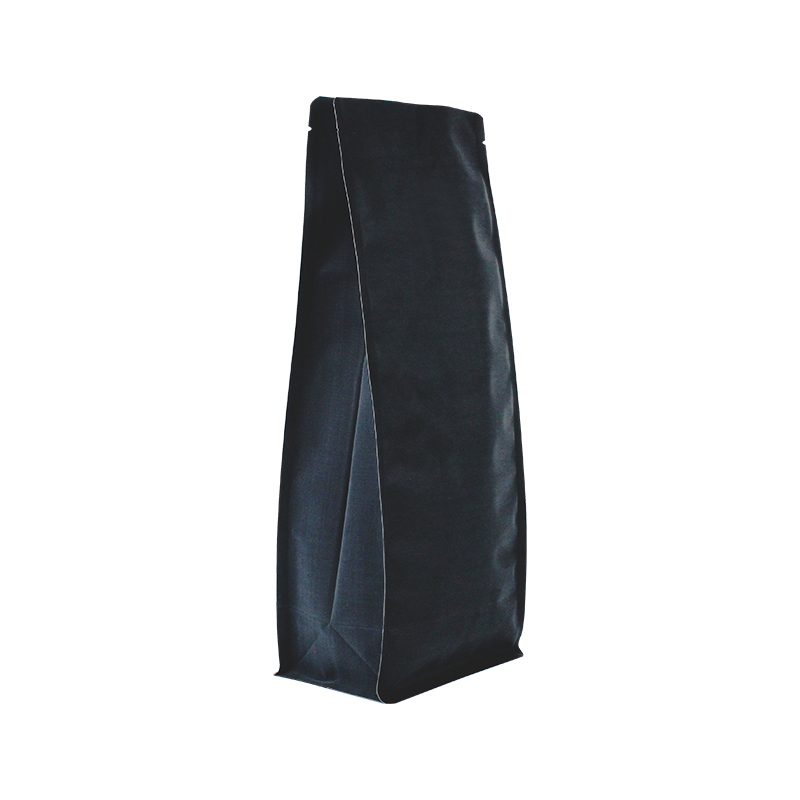- Afrikaans
- Albanian
- Amharic
- Arabic
- Armenian
- Azerbaijani
- Basque
- Belarusian
- Bengali
- Bosnian
- Bulgarian
- Catalan
- Cebuano
- chinese_simplified
- chinese_traditional
- Corsican
- Croatian
- Czech
- Danish
- Dutch
- English
- Esperanto
- Estonian
- Finnish
- French
- Frisian
- Galician
- Georgian
- German
- Greek
- Gujarati
- haitian_creole
- hausa
- hawaiian
- Hebrew
- Hindi
- Miao
- Hungarian
- Icelandic
- igbo
- Indonesian
- irish
- Italian
- Japanese
- Javanese
- Kannada
- kazakh
- Khmer
- Rwandese
- Korean
- Kurdish
- Kyrgyz
- Lao
- Latin
- Latvian
- Lithuanian
- Luxembourgish
- Macedonian
- Malgashi
- Malay
- Malayalam
- Maltese
- Maori
- Marathi
- Mongolian
- Myanmar
- Nepali
- Norwegian
- Norwegian
- Occitan
- Pashto
- Persian
- Polish
- Portuguese
- Punjabi
- Romanian
- Russian
- Samoan
- scottish-gaelic
- Serbian
- Sesotho
- Shona
- Sindhi
- Sinhala
- Slovak
- Slovenian
- Somali
- Spanish
- Sundanese
- Swahili
- Swedish
- Tagalog
- Tajik
- Tamil
- Tatar
- Telugu
- Thai
- Turkish
- Turkmen
- Ukrainian
- Urdu
- Uighur
- Uzbek
- Vietnamese
- Welsh
- Bantu
- Yiddish
- Yoruba
- Zulu
Understanding Paper Thickness Measurements in Inches for Various Applications
Understanding Paper Thickness A Guide to the Inches and Beyond
When it comes to different types of paper used in printing, crafting, or any form of artistic creation, one crucial factor that significantly affects the outcome is the paper’s thickness. Measured in inches or millimeters, the thickness of paper plays an important role in determining its weight, texture, durability, and suitability for various applications. In this article, we will delve deeper into the concept of paper thickness, how it is measured, and its implications on both functionality and aesthetics.
Measuring Paper Thickness
Paper thickness is typically measured in inches or micrometers. In the United States, it is common to refer to paper thickness in terms of weight, categorized as basis weight. This weight is determined based on the weight of a ream (500 sheets) of paper cut to a standard size, usually 17” x 22.” However, thickness is also directly defined as the measurement of the height of a single sheet of paper, usually represented in inches.
For example, standard office paper often has a thickness of around 0.0038 inches (or 3.8 mil), while heavier cardstock can range from 0.008 to 0.015 inches, and some specialty papers can measure even thicker. It's also worth noting that paper thickness can vary significantly within the same category of paper. Two sheets of what might be labeled as cardstock can have different thicknesses depending on their intended use.
The Importance of Paper Thickness
The thickness of the paper carries substantial implications for how that paper will perform
.1. Durability Thicker paper generally signifies more robustness. For instance, if you're creating cards or invitations that require longevity or must endure handling, a thicker paper is more appropriate. Thinner paper, while suitable for applications like packing slips or drafts, may tear or wear down quickly.
thickness of paper in inches

2. Print Quality Different printing techniques and devices are optimized for specific paper thicknesses. For example, inkjet printing often works best on thicker, coated paper that can facilitate sharper imagery and vibrant colors, whereas laser printers can handle a diverse range of paper thicknesses but can sometimes struggle with the thickest varieties.
3. Aesthetic Appeal The tactile experience of paper affects its perception. Thicker papers tend to feel more luxurious, making them ideal for high-end invitations, business cards, and presentations. The texture and finish of the paper also add an extra layer of sophistication that thinner options may lack.
4. Functionality When it comes to applications in art and crafting, the choice of paper thickness can influence the techniques used. Thicker papers can withstand more aggressive handling, such as folding or cutting, while thinner papers are perfect for delicate layered designs.
Choosing the Right Thickness
When selecting paper, it’s essential to consider the purpose it serves. For everyday printing needs, a standard thickness (approximately 20 lb weight) for office paper will suffice. For projects that require finesse and a premium feel, consider going up to 80 lb cover stock. If you are venturing into artistic projects, experimenting with a range of thicknesses will help you understand what works best for your creative vision.
Conclusion
The thickness of paper, measured in inches, dramatically impacts its usability, aesthetics, and tactile experience. As we’ve explored, understanding the nuances of paper thickness allows consumers and creators alike to make informed decisions tailored to their specific needs. Whether you are printing a simple report, designing an exquisite wedding invitation, or diving into an artistic endeavor, taking the time to consider paper thickness will ensure that your final product is not only functional but also visually captivating.













